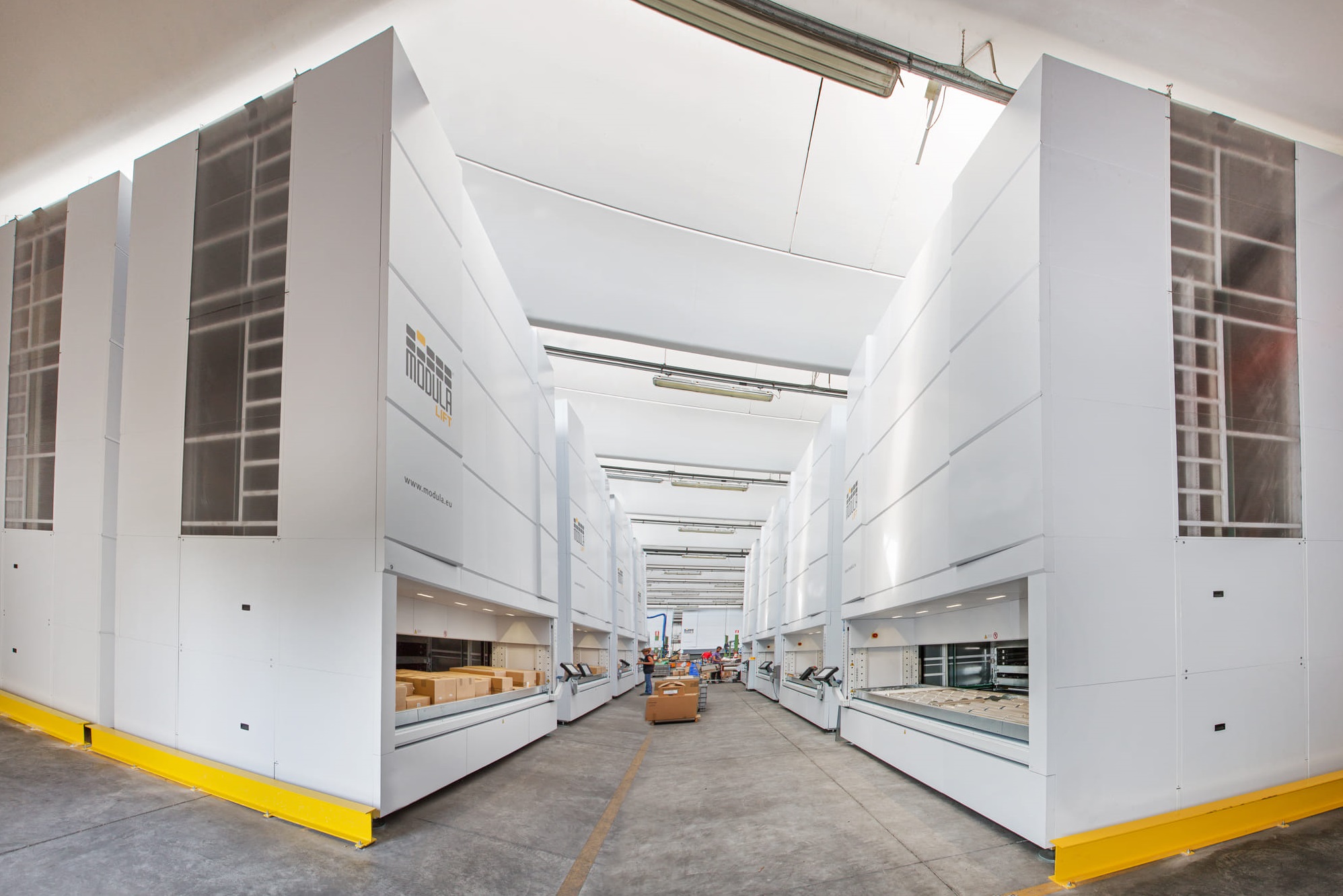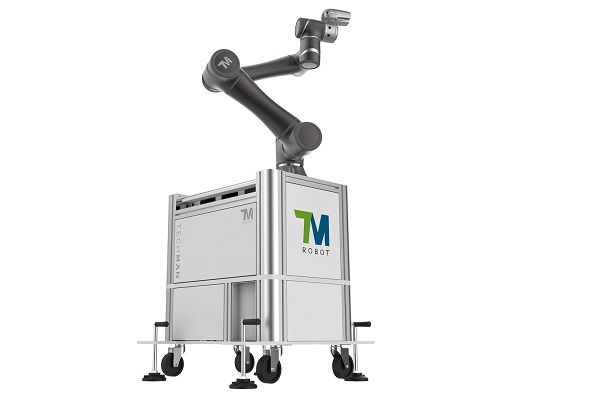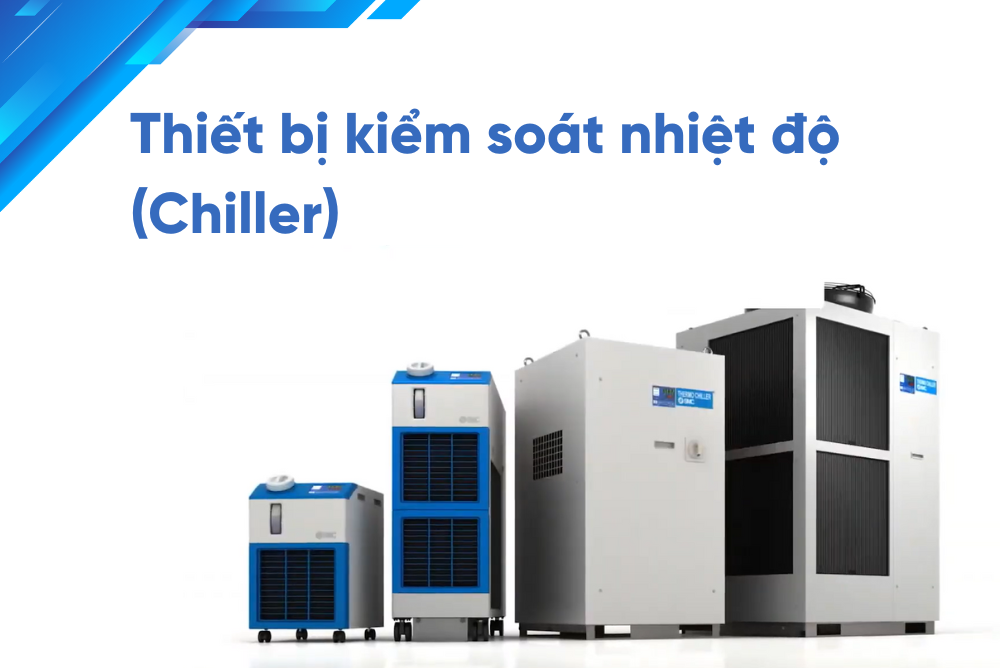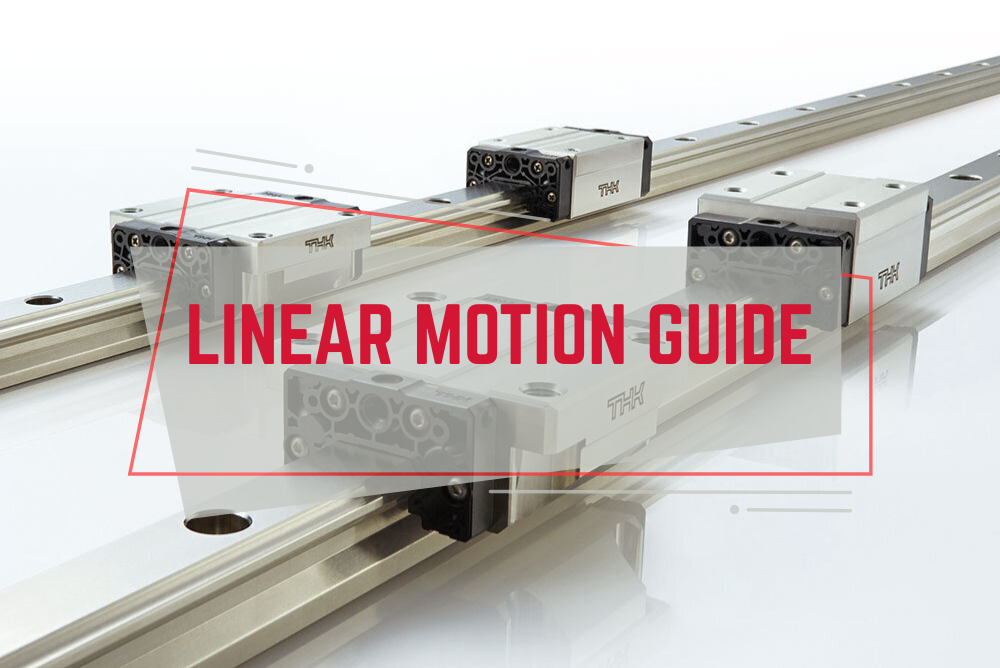Nowadays, people are so familiar with barcodes such as QR codes when going to the supermarket, shopping for clothes, and appliances, paying bills, etc. So what a barcode is?
1. What is barcode?
Definition of barcode
Barcode is a square or rectangle with varying thickness and height vertical black lines, white space, and numbers that identify specific products and information. Barcode is a popular technology today used to collect, retrieve data, and identify data through codes and digits of a certain object. Each barcode will have a different size, and thickness, with alternating spaces arranged in a coded order so that barcode scanners can recognize and read it.
Barcode is very common nowadays
Types of barcodes
1. Linear Barcode (1D)
Linear barcodes, or 1D barcodes, are a common form of barcodes, made up of alternating black and white stripes. This type of barcode is called "one-dimensional", or "linear" because the data is encoded in the horizontal width. If you want to increase the data content you need to increase the width of the code.
Some common types of 1D codes:
- UPC:
- UPC stands for Universal Product Code, a type of barcode used to paste and retrieve consumer goods at fixed points of sale around the world. This type of code is used quite commonly in the US, Canada, and some other large countries such as New Zealand, the UK, Australia, etc.
- UPC consists of 2 parts: a barcode with parallel lines, different sizes for scanners, and a number part consisting of 12 numbers for humans to recognize (the number part does not include letters or special characters).
- EAN:
- Europian Article Number (EAN) is a common barcode in Europe, mainly applied to consumer goods at business points, supermarkets, retailers, etc.
- CODE 39:
- CODE 39 overcomes the disadvantages of the above two types of barcodes, that is, they can encode natural numbers, uppercase characters, and special characters and they have unlimited capacity. This type of code is often used in book publishing, medical, defense, etc.
- CODE 128:
- CODE 128 is a code that can encode numbers, text, and all 128 characters of ASCII (ASCII 0 – ASCII 128). Code 128 has high density (same data content but smaller size than Code 39), brings high encryption efficiency, many applications in the medical industry, blood banks, etc.
- ITF:
- ITF code (INTERLEAVED 2 OF 5) roughly translated as interleaved code 2 of 5, is a type of bar code encoding pairs of numbers at high density similar to Code 128, belonging to the type of linear bar code with 2 consecutive widths with length any, as long as there is 1 even digit in the code. ITF codes are commonly used in distribution and warehouse identification, printed on cardboard boxes.
Applications of 1D codes
| Type | Industry | |
| UPC |
Food industry Wholesale and retail Mainly used in North America and Canada |
Need number code, don't need alphanumeric code High density Reliable Need check code |
| EAN |
Food industry Wholesale and retail Mainly used in Europe and other non-North American countries |
Need number code, don't need alphanumeric code High density Reliable Need check code |
| Code 39 |
Department of Defense Health Aluminum industry Publish books Administrative agency |
Need to encode both letters and numbers Easy to print Very secure, no proofing code |
| Code 128 |
Manufacturing industry Container shipping |
128 characters required High encryption efficiency Small size |
| ITF |
Distribution, storage Non-food products Manufacture, wholesale, retail Container shipping |
Easy to print Small size |
| Codabar |
Blood bank Library Domestic express mail Film processing industry |
Very safe |
2. Matrix Barcode (2D)
2D means "Two-Dimensional". 2D barcodes contain more code dimensional convention information than linear (1D) codes. Barcoding conventions are much broader than encoded data. 2D barcodes use both horizontal and vertical orientations to cover more data.
The most used 2D code today is the QR code (Quick Response code). It is so named because this type of code responds very quickly because its creator intended to allow the code to be decoded at high speed.
2D codes are classified into 2 types
- Code stacking: like Code 16K, Code 49, PDF-41, Coden 16K, PDF-47, etc
- Matrix Codes: Data Matrix, Maxicode, Softstrip, Vericode, QR code, etc.
Applications of QR code
- Inventory of goods, product information
- Personal information on visiting cards
- Store URL: just use your phone to scan the QR code, then automatically open the browser according to the corresponding URL
- Use at bus, train, and metro stations: Scan the QR code for information about bus trips
- Use in museums: Scan the QR code placed next to the exhibit to get detailed information about the object.
- Use to buy anywhere: scan QR code to order or pay cashless, etc.
What are barcodes used for? Benefits of barcodes
Barcode has many benefits and is applied to many different industries and applications in life.
Classification of goods, warehouse management
Previously, the classification of goods, warehouse management was done manually using handwriting or using excel, manual data retrieval, now we often use barcodes to classify goods and manage inventory. Fast, accurate and convenient. Not only classifying goods, we can also control backlog goods, exported goods to help businesses import and export goods in a reasonable way, avoiding too little or too much inventory.
Distinguish real and fake goods
Thanks to the sequence of numbers, the size of the bar, each barcode has its own identifier, making it easy for people to access information about the origin and origin of the product, thereby identifying the goods real or fake quickly.
Fast transaction payment
Currently, supermarkets and convenience stores are almost equipped with barcode readers to pay for products quickly and accurately. At the same time, each product sold is controlled and collated by the sales management system, helping to improve management efficiency.
Other applications of barcodes
Thanks to the convenience and accuracy of barcodes, it is widely used in many other areas of life, such as using barcodes to classify passengers' luggage at flights, scanning codes to receive information promotions, scan codes to access websites, lock doors, timekeeping employees, etc.
Overview of barcode readers
What is a barcode reader?
Barcode reader, also known as barcode scanner, is a specialized device used to read barcodes (encoded characters). After scanning the code, the results are returned as information transmitted through a computer or a previously connected terminal.
Structure of a barcode reader
Barcode scanners are composed of three main parts:
- Scanner: This part has the function of emitting a beam of light that shines on the barcode to get information on the barcode. Based on manufacturing technology, people are divided into two types of barcode readers: laser barcode reader (laser scanner) and CCD reader (CCD scanner).
- Signal transmitter: The second part that makes up the barcode scanner is the signal transmitter. This unit has the function of emitting electrical pulses representing the lines and gaps obtained from the barcode scanner. Usually, the barcode scanner and the signal transmitter are integrated on the same circuit board.
- Decoder: This is the third part that makes up the barcode reader. The decoder performs the function of receiving the electrical pulse signal from the transmitter and decoding it in the form of a pre-programmed code in the memory. In case of successful decoding, a “beep” sound will sound and the decoded signal will appear on the screen of the management software you are using. If there is no signal, the decoder is not working.
Types of barcode readers
There are different types of code readers on the market for different applications and needs: handheld code readers, fixed code readers, DPM readers, ESD readers, etc.
Handheld code reader
This is the most common type of barcode reader, both wired and wireless. Hand-held barcode readers are often used in retail stores, restaurants, etc. Make inventory control and sales easier and more efficient. Handheld barcode readers may come with a stand, so they can be placed on a table. This is also the cheapest barcode reader of all barcode readers.
Hand-held barcode reader
The hand-held reader has the advantage of being flexible, reading the code on many positions, not fixed, the operator can actively control it. However, the disadvantage of this barcode reader is that it requires an operator to operate, not suitable for automatic lines.
Fixed-mount code reader
This is a type of barcode scanner that is fixed, allowing to read the barcodes of products when moving on the conveyor belt, easily integrated and runs automatically on the line without the need for people to operate.
The disadvantage of this type of reader is the long initial setup time.
Fixed-mount barcode reader
Several types of Mars Tohken barcode readers
- Handheld reader series: MCR-H200, MCR-H280B
- Fixed-mount barcode reader series: MCR-F1000, MCR-F180, MVF series
- DPM (Direct Part Marking) reader series - specialized in reading direct engraving codes: MCR-H700 series, MCR-H720 series
- ESD (Electrostatic Discharge) reader series - dedicated reader line coated with electrostatic paint to be able to work in electrostatic environments to prevent equipment damage: THIR-6781 (ESD), MCR-H200 (ESD).
What you need to check when choosing a barcode scanner
You need to check in advance the following factors when choosing a barcode scanner:
- Type of code to read: 1D or 2D code
- Purpose of use: used for retail stores, supermarkets or used in warehouses, production lines, etc. From there, choose a handheld or fixed barcode scanner.
- Code size
- Code printing materials
- Reading distance
- FOV (Field Of View): Working area
Factors affecting the quality of reading code
Light
Ambient lighting conditions directly affect the quality of code reading. Because it is related to image processing, the different environmental light at different times may lead to a mismatch in the setting of the machine's code reading.
Code printing materials
If the code printing materials is too glossy, it will reflect light to read the code, causing glare when taking pictures of the code, if it is too rough, the lines of the code will not be sharp.
Code quality
The code is blurred, blurred, glared, obscured makes it more difficult to decode.
Where can I get good barcode readers?
Temas distributes the best quality line of fixed-mount barcode scanners, handheld barcode scanners, and 1D & 2D barcode scanners, suitable for many industrial applications. Please let us know about your request via email info@temas.vn or Tel: (+84) 24 3386 1691 / 24 3795 7839 (Hanoi) or (+84) 28 2243 0303 (Ho Chi Minh).
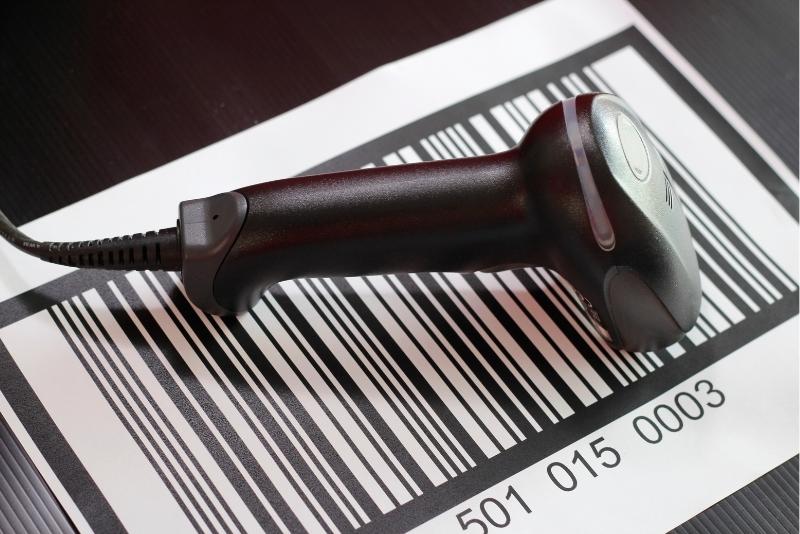
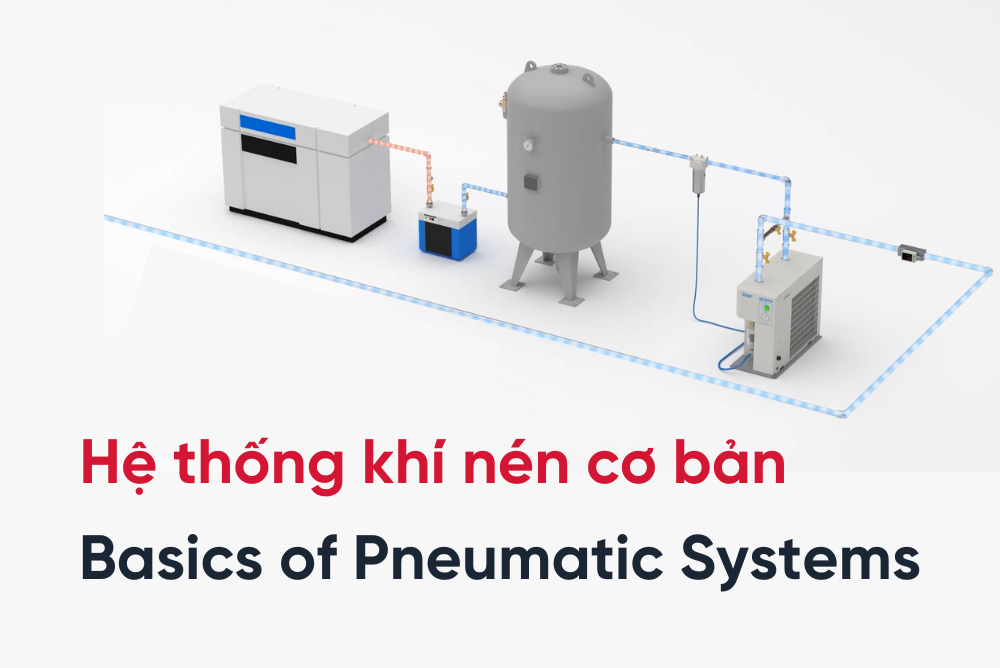
 Read more
Read more
